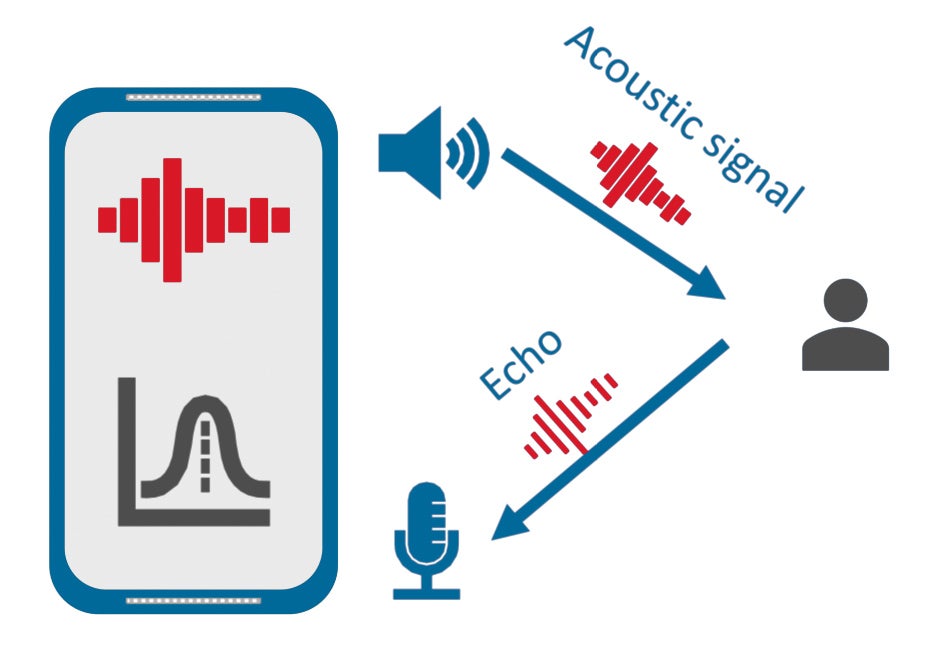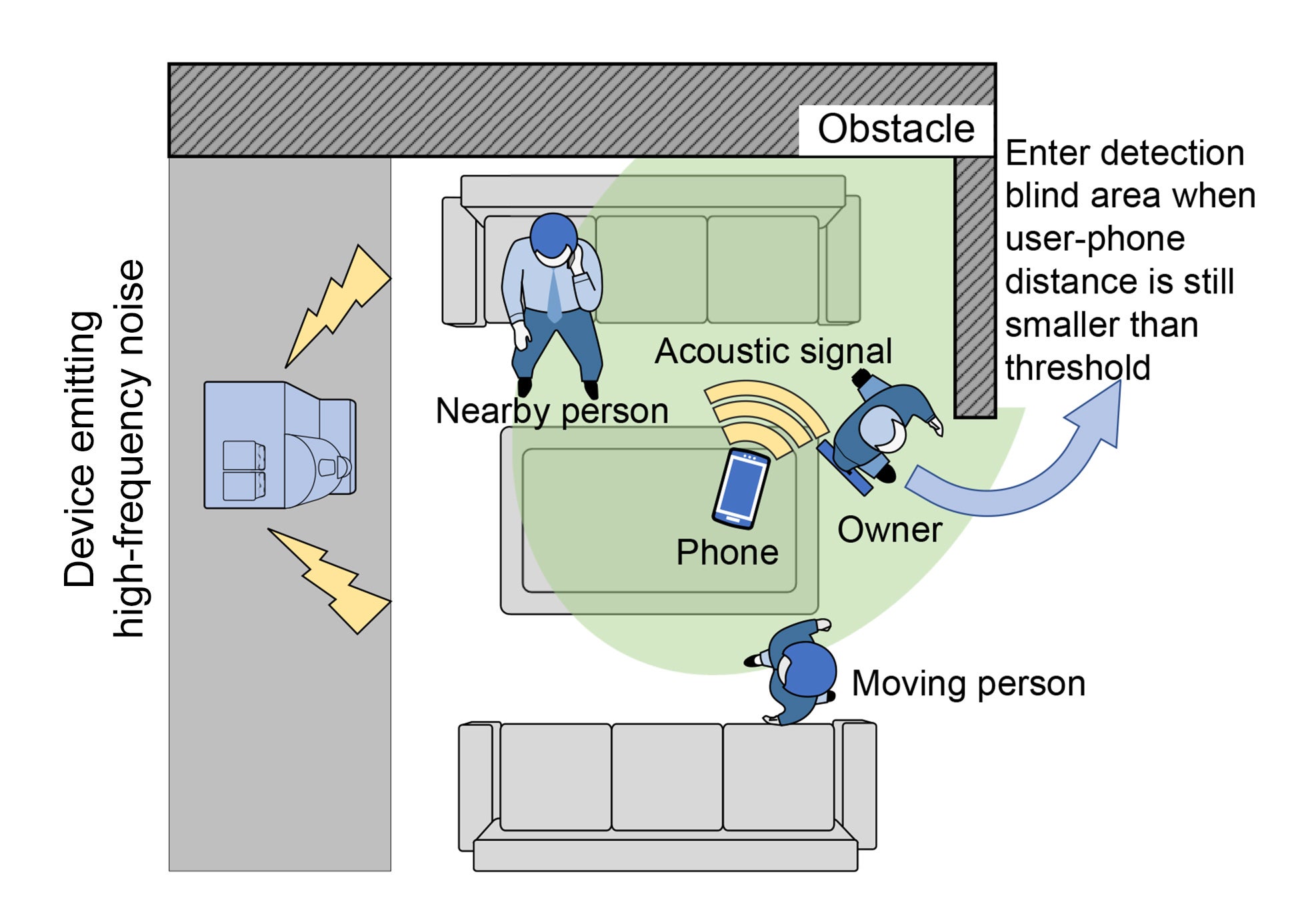A new app for Android phones can warn users when they are about to forget their device.
Chaperone uses a sonar-type method known as “active acoustic sensing” to detect a smartphone owner’s movements and locks the phone while alerting the owner when detecting a situation that could lead to loss.
“I was in a restaurant and after I finished my meal, I left without taking my phone,” said Jiayi Chen, a PhD candidate in the Cheriton School of Computer Science and creator of the app. “I was out the door and heading toward the bus stop when a waiter ran out and said, ‘Hey, you forgot your phone.’ I was lucky, but it got me thinking. What if a smartphone could detect whether it’s about to become unattended and then could alert the owner while the device was still within reach?”

The app is currently designed only for Android devices as Android is open-sourced and provides more flexibility. In theory, the app would work on an iPhone or other Apple devices. An iOS version of Chaperone will be future work.
While many loss-prevention solutions require additional hardware such as Bluetooth devices or wearable radio frequency ID tags, Chaperone is a stand-alone solution. All smartphones have a microphone and speaker, so they are capable of performing active acoustic sensing.
When Chaperone is installed on an Android phone, it uses the device’s speakers to emit an inaudible high-frequency acoustic signal. It then detects the echo of that signal — its reflection from the phone’s owner as well as other people and nearby objects — using its microphone. Based on the changes in the reflected signals, Chaperone can distinguish nearby moving people from static objects. Then, Chaperone extracts the owner’s moving pattern and determines if the owner is about to leave the device unattended.
To increase accuracy in detection, Chaperone uses four modules before alerting its user: trigger module (sensing user’s movement), acoustic-sensing module (detecting the echo using the device’s microphone to calculate distance and speed of movement), user-tracking module (locating the smartphone’s user in the immediate environment through echo filtration), and decision-making module (alerting the user if necessary).

You don’t have to worry about the alert being a blaring horn either.
“Because the alert is selected based on information collected by the trigger module, it’s tailored to the context,” Chen said. “That means if environmental noise is low as in a library, a gentle ringtone would be sufficient to get the user’s attention.”
So far, more than 1,300 experiments across different real-world scenarios have been evaluated. In 93 per cent of cases, Chaperone positively detected a user leaving their phone.
“Our current solution is designed based on a smartphone running Android 6.0 or newer,” Chen said. “The code is freely available so anyone can download it or improve it. Our experimental data and source code for our prototype is available on GitHub. This will help other researchers as well as let them contribute to the project.”
MEDIA
CONTACT
| Rebecca
Elming
226-338-6564
| @uwaterloonews | uwaterloo.ca/news